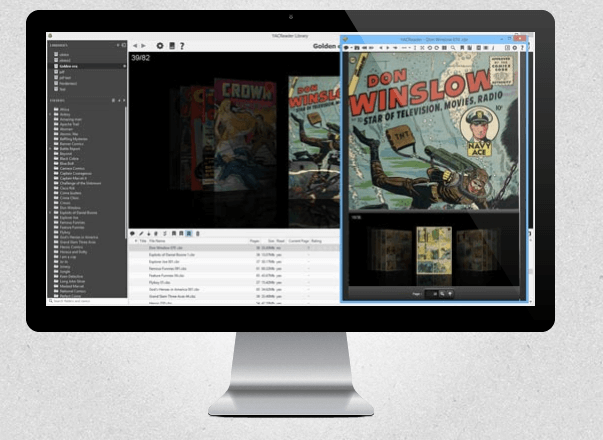

This is a first, not too difficult step because the tokens are already separated.Īll the lexer has to do is identify them. Worry about recognising what is a integer, what is an operator, etc. This will make the job of writing the parser easier, because you won't have to Would be something like [ TokInt 3 TokBinOp Minus TokOParen TokInt 4 And an example by Jon DeNicholas, shot on the D16. Here the second has the BMD Film to Rec 709 v2 LUT that comes with Resolve with a wipe to show the difference between the plugin’s BMD Film and the LUT. The type of the lexer function would be string list -> token list and the ouput of lexer The plugin acts as the raw panel and then on nodes after you can do your grading.

| TokBinOp of binop (* a binary operator *) You can define a token to be type token = That's theįunction that takes the ‘raw’ input, like ,Īnd splits it into a list of tokens (that is, representations of terminal symbols). Ok, so the first think you should do is write a lexical analyser. The restriction is to not use any OCaml libraries other than List. What I'm looking for is a rulelist that is the result of the parsing a fragment, such as this one for frag1 : ) ]) Īnd here's some fragments to parse: let frag1 = Type awksub_nonterminals = Expr | Term | Lvalue | Incrop | Binop | Num Here's a sample Awk grammar: type ('nonterm, 'term) symbol = N of 'nonterm | T of 'term
#MAC CBR READER REC HOW TO#
I have a task to write a (toy) parser for a (toy) grammar using OCaml and not sure how to start (and proceed with) this problem.


 0 kommentar(er)
0 kommentar(er)
